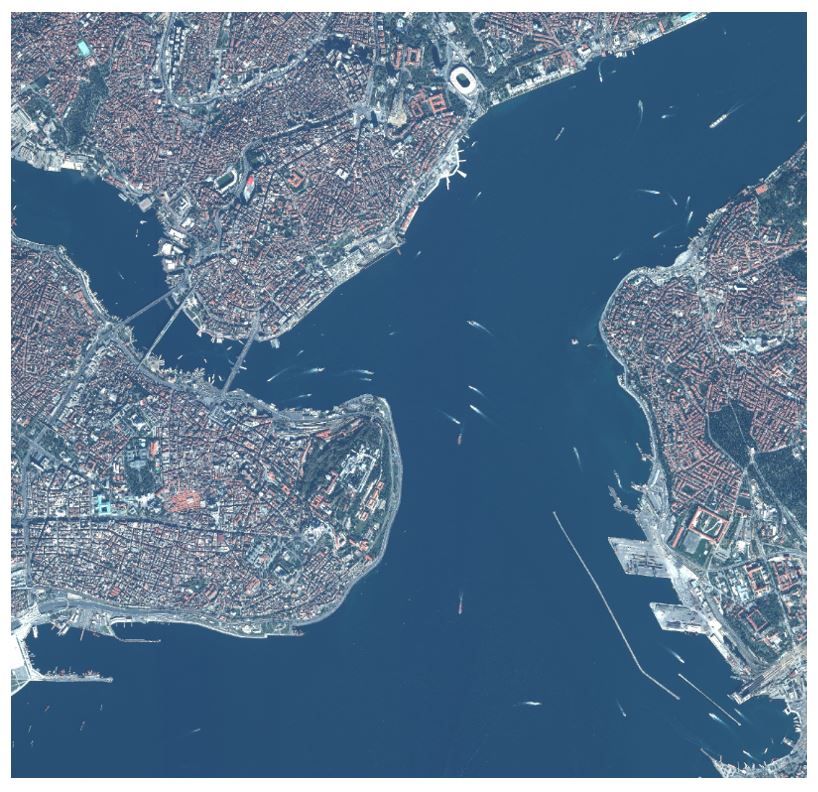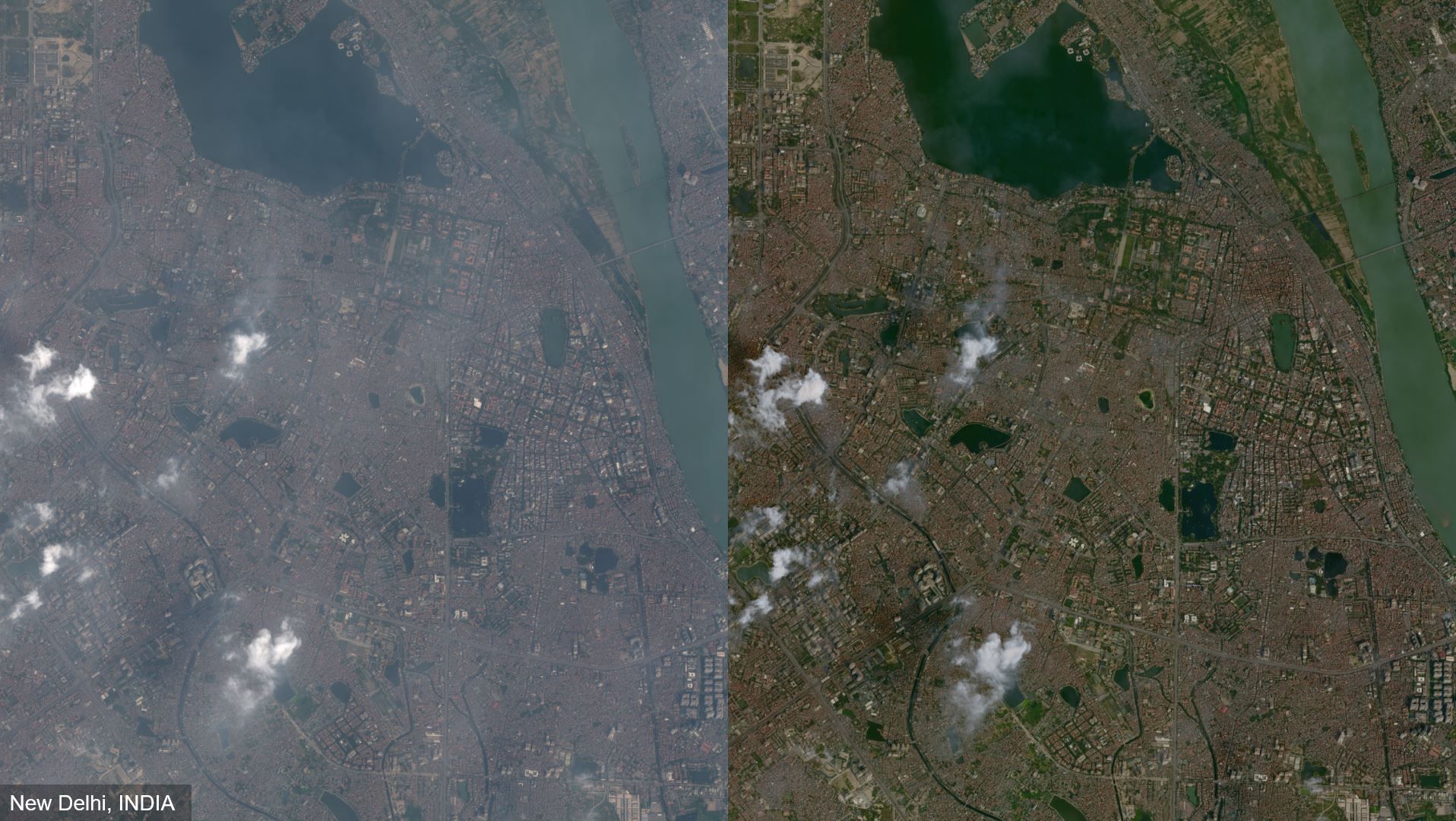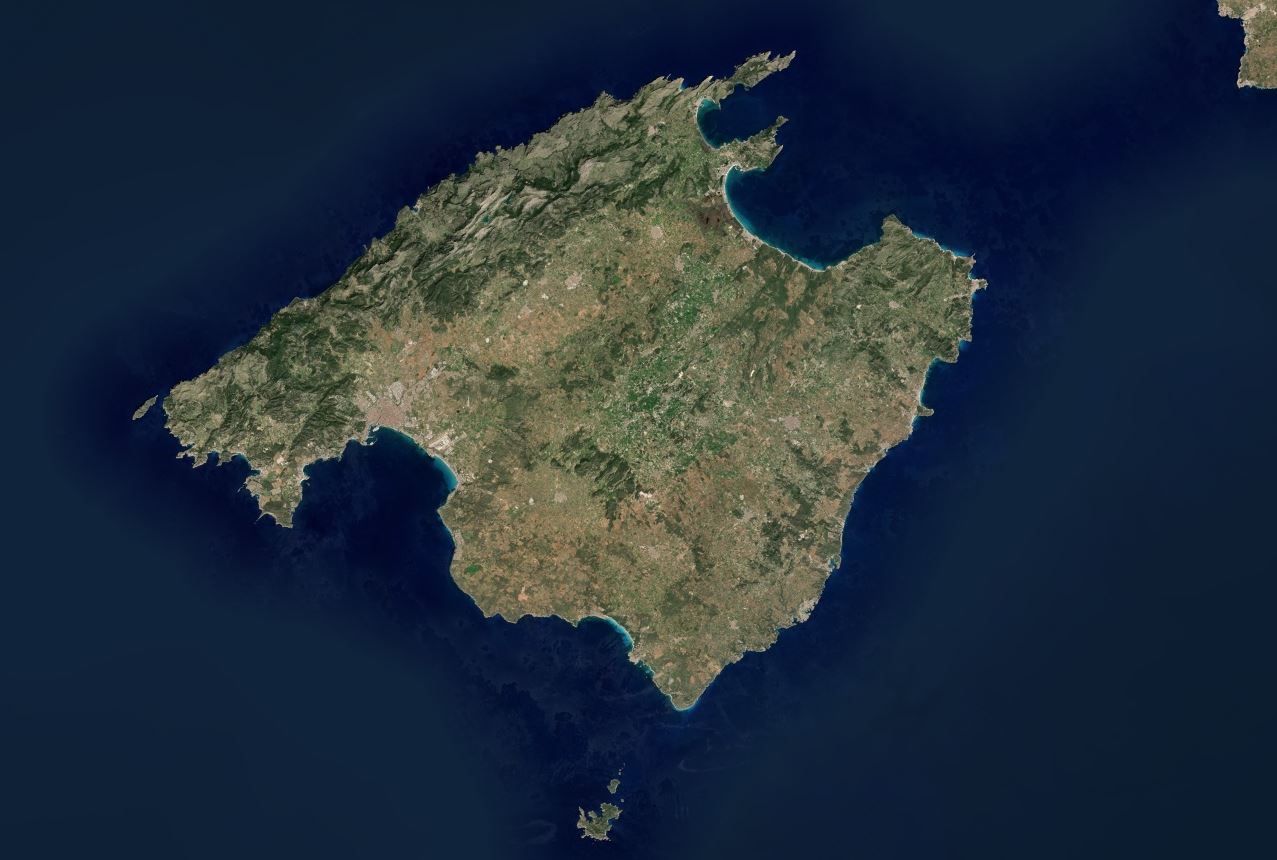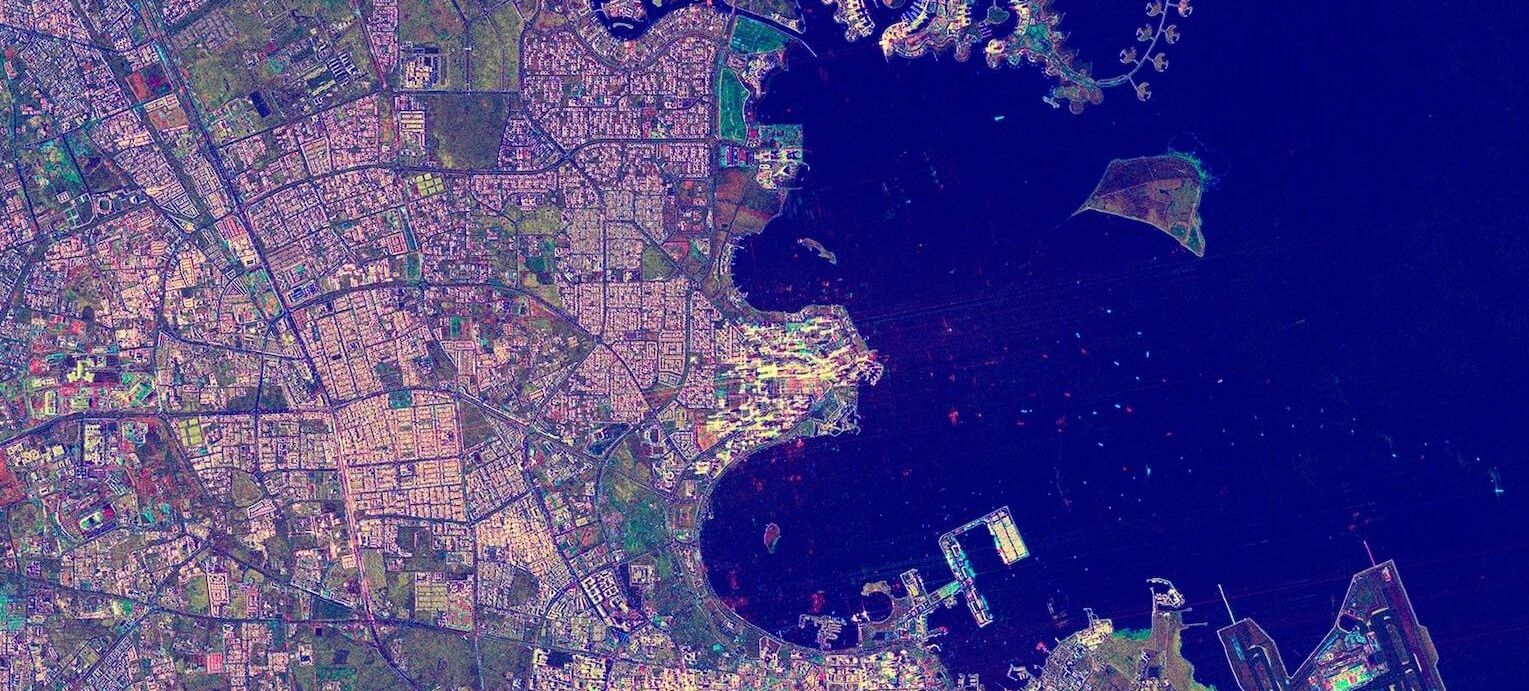
Home
Our Expert's Answers
Radiometric processing of Airb...
Radiometric correction processing of Airbus satellite imagery
What is radiometric processing?
Radiometric processing is the process of correcting satellite imagery to accurately represent surface conditions. This includes removing distortions caused by the satellite's sensors and atmospheric effects. Airbus provides four levels of radiometric processing, each tailored to different needs. Here’s an overview of what each level offers:

Radiometric processing basic
Basic radiometric correction of satellite images
Key use-cases:
- Initial analysis: Suitable for preliminary studies where detailed accuracy is not critical
- General visualisation: Ideal for straightforward visual displays where exact radiometric precision is less important

Reflectance radiometric processing
Reflectance radiometric processing
Key use-cases:
- Environmental monitoring: Enhances accuracy for studies on surface reflectance
- Preliminary data analysis: Provides improved data quality for initial reviews

Display radiometric processing
Display radiometric processing
Key use-cases:
- Media and presentations: Useful for creating visuals for reports and presentations
- Public communication: Ideal for generating clear and visually appealing images for non-technical audiences

Comparison between Display (image on left) and Surface reflectance (image on right) processing.
Surface reflectance processing: Atmospheric corrections thanks to dehazing
Key use-cases:
- Precision mapping: Essential for detailed environmental studies and urban planning
- Time-series analysis: Best for tracking changes over time with high accuracy

Example of a basemap of Mallorca island with Sentinel-2
The importance of radiometric correction for basemaps and change detection
Radiometric correction is crucial when creating large imagery basemaps or performing change detection across multiple images. Images from different dates and conditions can vary significantly due to atmospheric effects and sensor discrepancies. Accurate radiometric processing ensures that these variations are minimised, providing consistent data for the creation of seamless mosaics and reliable change detection analysis. This is essential for applications such as monitoring environmental change, urban development, and land use over time.
Selecting the appropriate level of radiometric correction for satellite images
Understanding the different levels of radiometric processing helps in selecting the right type of image for specific needs. Whether requiring basic adjustments or advanced processing for detailed analysis, Airbus offers solutions to meet various requirements. Accurate radiometric correction is essential for ensuring reliable data for seamless mosaics and effective change detection.
Download our whitepaper to learn more about Airbus satellite imagery, more details on the processing options, and how OneAtlas helps automate these workflows.
